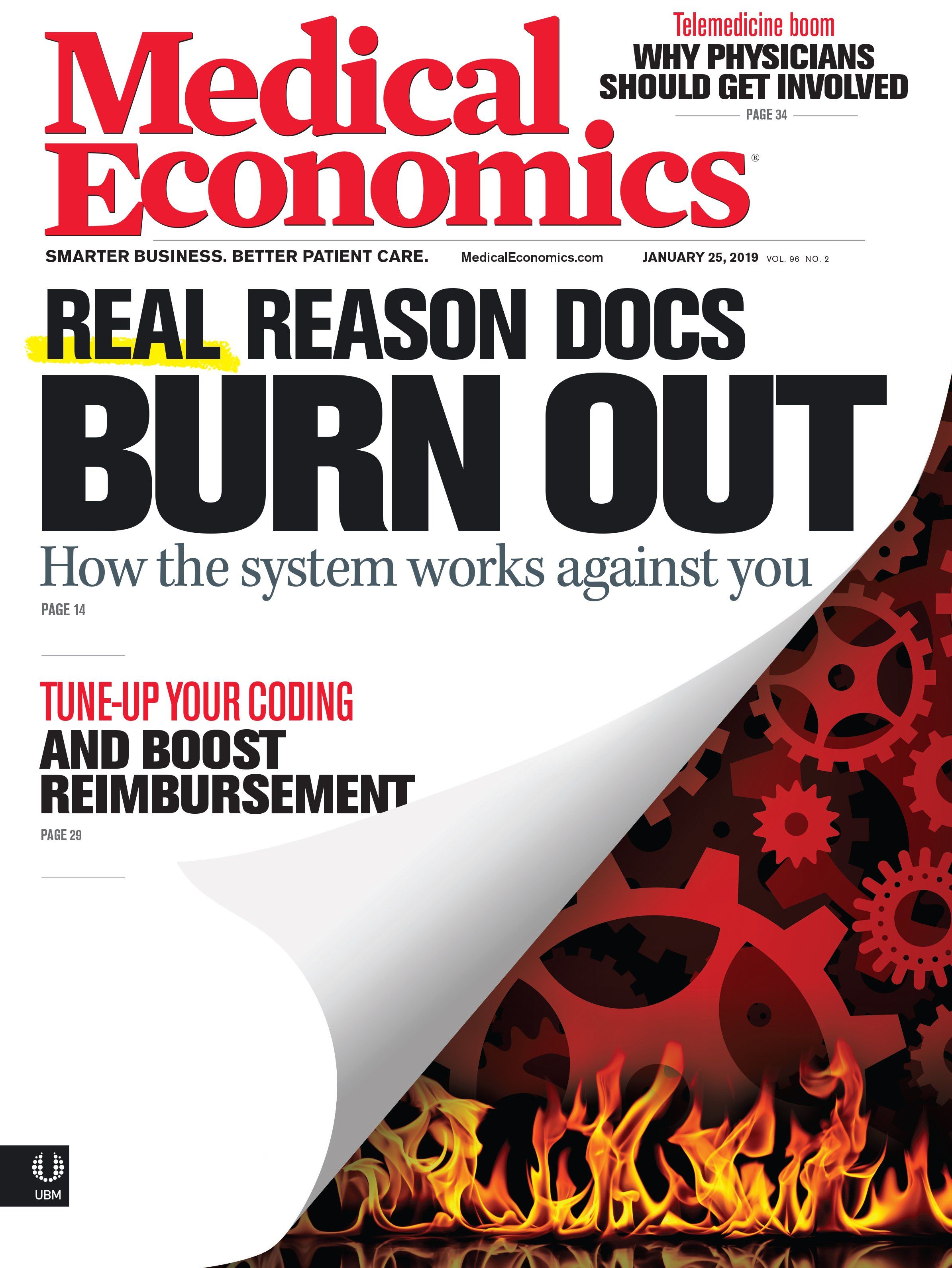Publication
Article
Medical Economics Journal
How one ACO took on burnout
Author(s):
It has certainly been a journey to get there-one that has been worthwhile, with many hurdles and contributors working hard to make sure physicians love their jobs and have an active role in making that a reality.
"I’m having fun!”
It’s not something you hear every day at work, but that’s what we recently heard from Chris Robben, MD, Houston Methodist’s ACO’s medical director, while he was building a new quality metric dashboard.
We suspect, though, that the true driver of his excitement was something more than mere metric making. He shared with us that he feels buoyed by a sense of progress, team autonomy and ownership of the work taking place within the ACO. We couldn’t be happier to hear those words, and to hear similar remarks from some of our providers.
It has certainly been a journey to get there-one that has been worthwhile, with many hurdles and contributors working hard to make sure physicians love their jobs and have an active role in making that a reality.
Physician burnout is closely linked to low self-compassion; not just the workload and work conditions, but the physician’s perception of their ability to deliver well on that workload within those conditions. Physicians hold themselves to high standards and become stressed when they can’t live up to them. This situation is exacerbated when they don’t have a voice, must work with inefficient systems, and face non-stop changes in their day-to-day.
So how do you reduce physician burnout and increase physicians’ sense of self-compassion and joy? From our experience, it goes far beyond getting physicians to buy in to a new initiative by focusing on changing their daily workflows. Instead, it’s about making sure physicians ultimately feel a sense of team autonomy and ownership.
Make physicians your stakeholders
Robert Phillips, MD, PhD, our system chief medical officer, established the Physician Engagement Resiliency Taskforce (PERT). The goal of the task force is to bring primary care physicians, specialists, residents, surgeons, process engineers, residency directors, and analysts together to share their perspectives on how to improve physician satisfaction. PERT meets quarterly to determine what practical action items and programs make sense to pursue as a cross-functional team. Those decisions are informed by our physician engagement survey. Subgroups are working on programs to address specific issues the survey identified by finding fixes to inefficient workflows and promoting physician well-being. For example, one of our subgroups worked on enabling oncologists to work at the top of their license by removing administrative burdens.
Employment cannot be seen as an easy path to physician engagement because that strategy won’t carry you across all initiatives. While many of our primary care doctors are employed, most of our hospital and ED doctors are independent. At the end of the day, it’s all about the patients. We need expertise from physicians, whether they’re employed or are one of our independent partners.
It’s essential to listen to everyone’s perspectives. We asked our providers: What feedback or data do you need? How can we build our infrastructure to better support you and your patients?
Nurture ownership and autonomy
We began to see positive signs that we were moving beyond engagement and into partnership. One sign: Our hospitalists are not just coming to our meetings. They’re raising their hands and volunteering to partner with us and own their role in the process. We bring data to hospitalists, cardiologists, and many others to find ways to reduce readmissions and proactively avoid and manage chronic conditions.
At the system level, it’s wonderful to be able to congratulate these clinicians on their strong partnership and focus on the patient. For every clinician who feels like they have the support of a team and can own their next steps, our ACO gains a smart resource ready to take an opportunity and run.
We recognize that each primary care doctor has a unique communication style and preference. As we have expanded our integrated network, we began by soliciting feedback on how each doctor prefers to both receive and convey patient information-by secure emails or texts, faxes or EHR messages. We have worked tirelessly to communicate in the most meaningful and efficient manner indicated by the physician.
Ask any primary care physician or specialist what provides the greatest satisfaction and you will almost always universally hear “making a difference for my patients.” In an effort to improve care for our patients with diabetes, we began by sharing outcomes with a select team of primary care providers, pharmacists, and endocrinologists. We elected to use a multi-disciplinary team to pursue diabetic patients who were not adherent to scheduled visits to better understand barriers to care they encounter. The physicians recognized that this strategy holds the promise of averting worsening diabetic complications while improving patients’ quality of life.
It’s essential to take a look and be honest with yourself to see where you are in the physician engagement process. We’re trying to find ways to improve processes and partnerships every day, and even have some fun along the way.
Julia Andrieni, MD, is vice president for population health and primary care and president and CEO for Houston Methodist Coordinated Care (HMCC). Michael Udwin, MD, is vice president of clinical transformation for management consulting firm Evolent Health.






